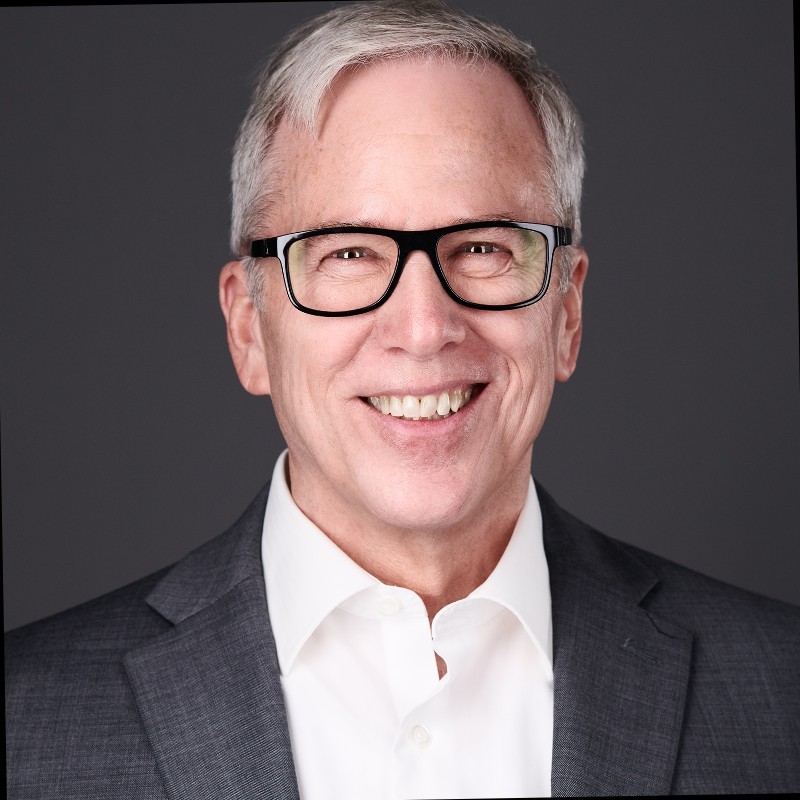In years past, those planning out their future in retirement would rely on the so-called “three-legged stool” consisting of social security benefits, pensions and personal savings. As retirement in the United States grows more complicated and pensions are only sparingly available, the incorporation of home equity into the mix can be a prudent course of action.
This is according to Steve Resch, VP of retirement strategies at Finance of America Reverse (FAR) in a new column published by The Street.
“[The ‘three-legged stool] metaphor had its origins in 1949 when it was first used by the Metropolitan Life Insurance Company to describe a solid retirement plan consisting of social security, group insurance and individual insurance,” Resch explained. “Since that time, we have seen many changes in economics and personal finance, and while the concept of the three-legged stool is still valid, the makeup of each leg has evolved to incorporate those changes.”

Social security, for instance, now includes Medicare while group insurance has been replaced with so-called “employee pensions,” which themselves are evolving from defined benefit to defined contribution plans like 401Ks and IRAs. Individual insurance, meanwhile, now encompasses any kind of personal savings.
The stability of that personal savings leg has been diminished, however. Since 1959 when the average rate of personalized savings stood at 8%, it has fallen (as of February 2023) to 4.6%, a drop of nearly half. That need not be a major concern, however, since older Americans control a great deal of wealth via the equity they’ve built up in their homes, he said.
“A comprehensive approach to retirement planning should incorporate not just traditional savings but all assets, including home equity,” he said. “Seniors today control $11.62 trillion in home equity and, for many of them, this represents a major portion of their net worth. It is time to finally start paying attention to it.”
Home equity has typically been overlooked since accessing it has often required a senior to up-end their lives by moving out or selling their home, but that’s not the case with a reverse mortgage, he said.
“One of the biggest and long-standing misconceptions about this type of loan is that the “bank owns the home” and takes possession when the borrower passes away. This could not be further from the truth,” he said. “Just as with a traditional mortgage, the borrower retains title to the property and can refinance or sell it at any time as there are no pre-payment penalties.”



